As the final major of 2017 approaches, the biggest story isn’t about who is playing well.
It’s simply about who is, and isn’t, playing. Serena Williams, Novak Djokovic, Stan
Wawrinka, Victoria Azarenka, Kei Nishikori—all US Open champions or finalists in
recent years—will be absent, and 2014 champ Marin Cilic may be. While Roger Federer
and Andy Murray are in New York, there’s still some question about whether we’ll see
them on court.
But when it comes to Grand Slams, out of sight tends to mean out of mind. Looking
back, few remember who was missing from any major tournament; it’s the players who
are there that count.
Here are five questions worth asking about the action that will take place, rather than
won’t, at Flushing Meadows over the next two weeks.
*****
How much do injuries actually hurt a tournament?
As noted above, the sport, especially on the men’s side, is limping to the 2017 finish
line. Having last year’s US Open men’s finalists, Djokovic and Wawrinka, pull the plug
on their seasons in July is hardly ideal for the tour. But as also noted above,
tournaments, especially two-week events like the Open, quickly take on lives of their
own, regardless of who may be missing.
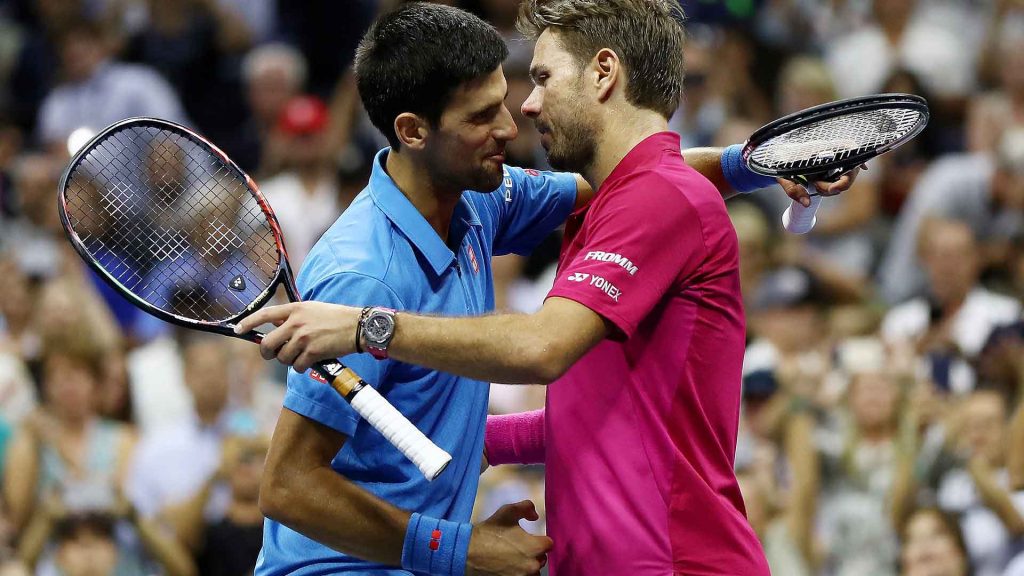
In the end, injuries mean trade-offs; the upside is that the absences of older players
create openings for new ones. The WTA has obviously missed Serena Williams this
season, but if she had played, would Jelena Ostapenko have landed like a meteor on
Roland Garros this summer? Would Garbiñe Muguruza have had the chance to come
into her own? And while Djokovic and Wawrinka won’t reprise their entertaining Open
final from last year, I don’t think anyone would be disappointed if Alexander Zverev and
Nick Kyrgios took the opportunity to fill the void on the final Sunday this time around.
*****
Who’s in better shape, Roger or Rafa?
The 36-year-old Federer and the 31-year-old Nadal have dominated the men’s season,
winning all three majors and four of seven Masters 1000s. But their advanced ages may
be starting to show as the season reaches it final two-week crescendo. Neither took
home a North American Masters event this summer, and neither has been able to avoid
being hampered by an old problem that seemed to have been solved.
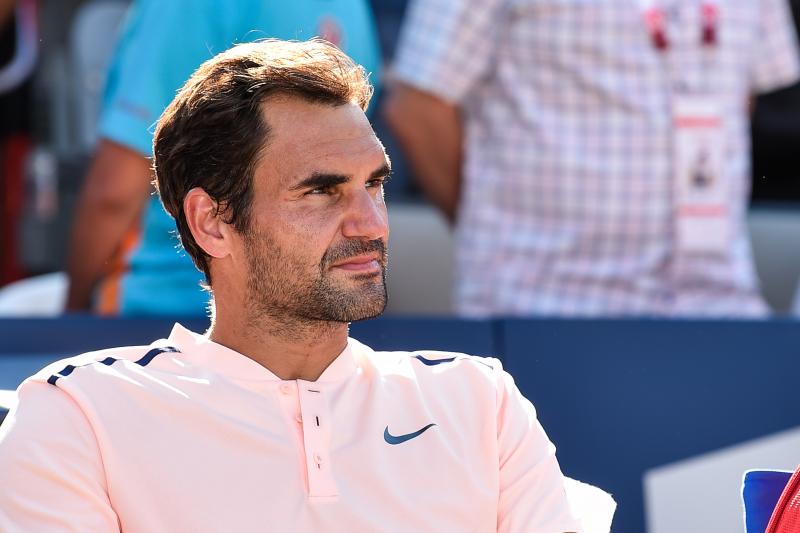
For Federer, that problem has been physical; he hurt his famously achy back in the
Montreal final and had to withdraw from Cincinnati. For Nadal, the problem has been
mental; even as he has re-ascended to No. 1, he has failed to get out of the
quarterfinals of his last three tournaments, and he has been unable to close out two
razor-close matches against guys he was heavily favored to beat.
Can these grizzled warriors find a way to survive again? Two weeks of three-out-of-five-set tennis may be the last thing Federer’s back needs right now, but I still like his chances better than Nadal’s. In his last two losses, to Denis Shapovalov and Nick Kyrgios, Rafa was visibly frustrated by his (low) level of play. After the last one, he uncharacteristically put extra pressure himself for the Open when he said that he needed to show the world why he was No. 1. We’ll see if that self-imposed pressure helps or hurts. Either way, it’s not how Rafa usually comes into a major.
*****
Who ya got? Garbiñe Muguruza, or the field?
I’ll start by taking the field, primarily because Muguruza’s career record at Flushing
Meadows is 2-4, and she has never been past the second round there. When she won
the French Open in 2016 and Wimbledon in 2017, she had been to the second week at
both events before.
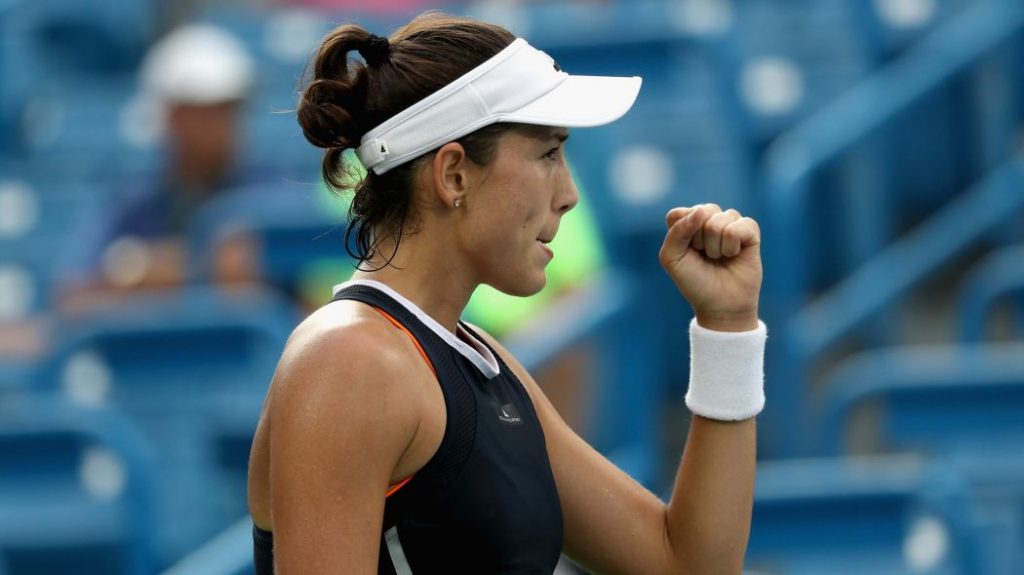
But I’ll continue by saying that, despite her history in New York, Muguruza is still the
favorite. Many of us wondered, when Serena Williams announced she was taking the
rest of the year off, if anyone in the WTA’s Top 10 would take the opportunity to fill the
void at the top. Muguruza has done that admirably. She won Wimbledon and Cincinnati,
and in her last two matches she beat the No. 1 and 2 players in the world, Karolina
Pliskova and Simona Halep, with the loss of just eight games. In Cincy, Muguruza
played with a mix of aggression and conservatism that was so well-measured that her
opponents had no way to respond. That’s the type of level-headed tennis that can take
you deep at the US Open, even if you’ve never been there before.
*****
Who ya got: Alexander Zverev or Nick Kyrgios?
At the highest level, Nadal, Federer, and Murray are jockeying for position. The question
at the Next—as is NextGen—level is who looks better prepared for a deep run, the
23-year-old Australian or the 20-year-old German? Two weeks ago, Zverev was the
obvious answer. He won his second Masters event of 2017 in Montreal, beating Federer
in the final and knocking off Kyrgios for the first time. Everything that we had been
predicting for Zverev—the intelligent power, the conscientious competitiveness, the
nonpareil backhand—appeared to be coming together for him.
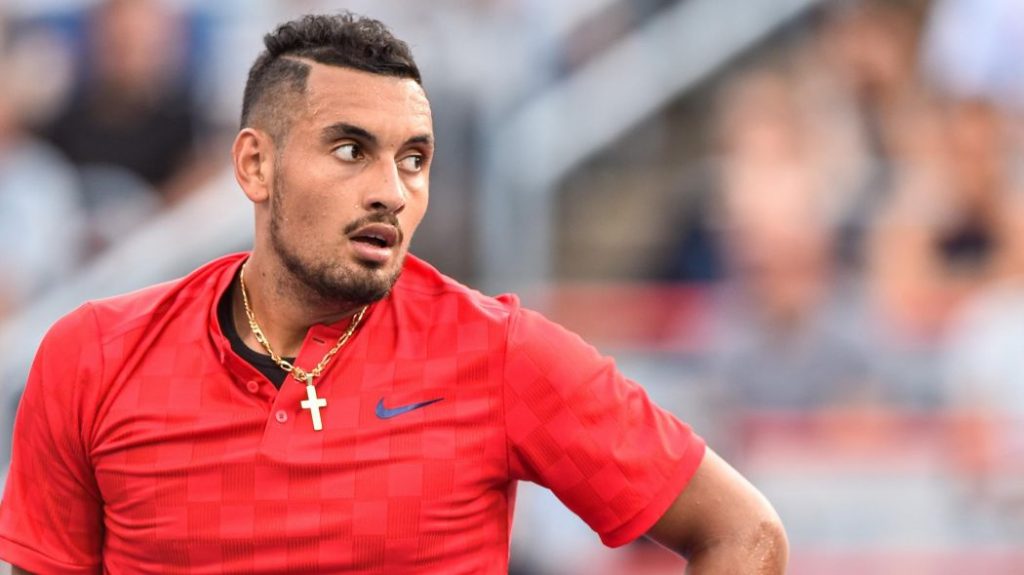
Judging by his play in Cincinnati last week, Kyrgios could see what was happening with
Zverev, too. Is it just a coincidence that, right at the moment Zverev beats him for the
first time and surpasses him in the ATP pecking order, Kyrgios rights his own listing
ship, blows past Nadal, and reaches his first Masters 1000 final? Now the question is
whether either of them is ready to take another leap upward. So far, Kyrgios has yet to
reach a Slam semifinal, and Zverev has yet to reach a Slam quarterfinal. I’m thinking it’s
time for the German to do better.
*****
Are we missing anyone?
Until play actually begins, the only thing we’ll know about this year’s US Open is that
opportunity abounds. With Serena due to come back next year, and Djokovic bound to
return to form at some point, this could be the best opportunity some players will ever
have to win a major. Does anyone from outside the core contender group have a
chance to pull an Ostapenko, crash land on Arthur Ashe Stadium, and walk away with
the trophy?
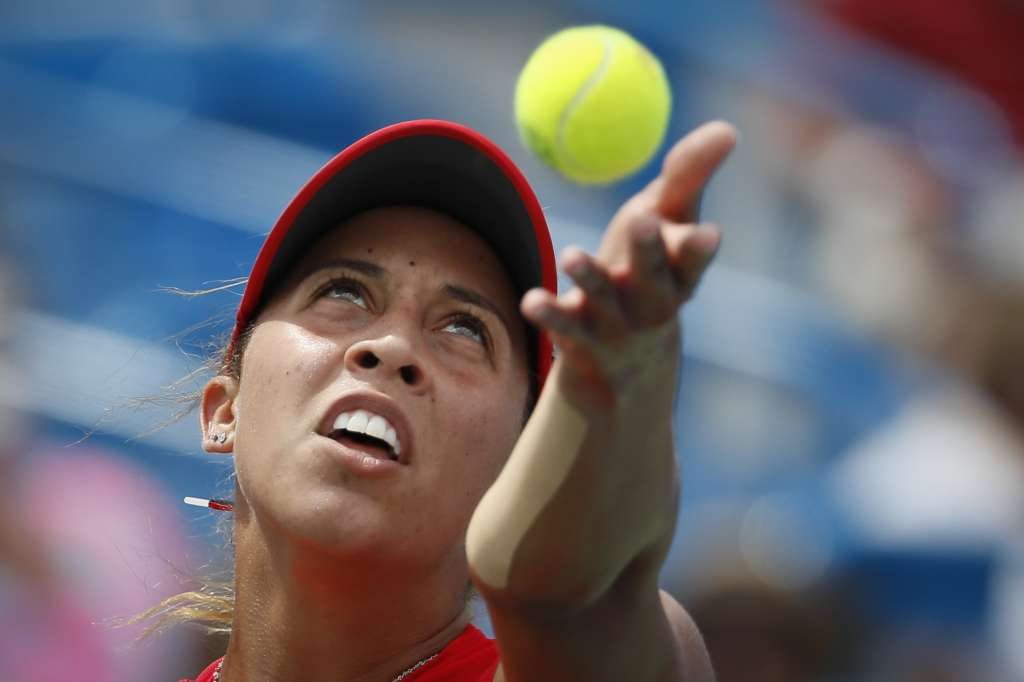
Two potential dark horses come to mind. On the women’s side, Madison Keys has
looked rejuvenated this summer; she won a title in Stanford, and had three match points
on Muguruza in Cincinnati. More important, Keys, who will be playing at home, can take
matters and matches into her own hands with her power game, which has traditionally
been the key to winning Slams on the women’s side. The question, as it so often does
for her, may come down to health; she appeared to be nursing a left arm injury in Cincy.
On the men’s side, Grigor Dimitrov is the player with the most immediate momentum.
He won his first Masters 1000 in Cincinnati at age 26. That alone wouldn’t make him a
favorite for the Open; last year Marin Cilic won in Cincy and was blown out by Jack
Sock in the third round in New York. But I liked the way Dimitrov won his matches last
week. The flashy player once known as Baby Fed did it with substance rather than style.
He had all the basics covered—he was broken just once in 53 service games, he ran
and defended well, he didn’t try to do too much with the ball, and he didn’t drop a set.
That’s the kind of tennis that gets you to the second week of a major.
And then we’ll see what happens from there.
















